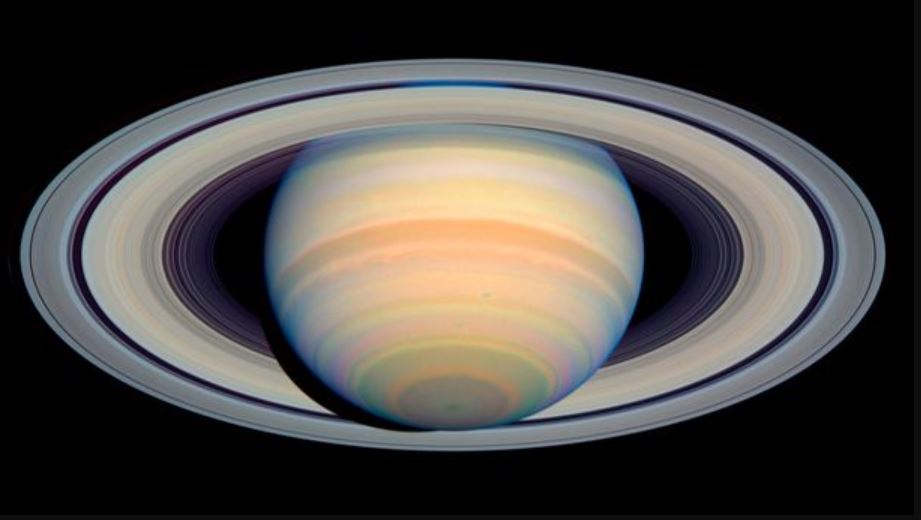
NASA has officially confirmed that observers will have the opportunity to witness the iconic structures of Saturn until 2025, after which the planet will tilt edge-on in relation to Earth.
This alignment will render Saturn's expansive rings almost imperceptible, reducing them to a nearly invisible line.

Although Saturn's rings are vast structures, spanning distances of 43,500 to 87,000 miles (70,000 to 140,000 km) in certain areas, they are remarkably thin, measuring just 30 feet (10 meters) in height in the primary ring system. This slender profile causes them to virtually disappear when viewed from a side-on perspective.
It's important to note that the rings will not be permanently lost. They will gradually return to view as Saturn progresses through the subsequent phase of its 29-year orbit.
Saturn's orbit exhibits a slight wobble, causing the planet to oscillate slightly closer and farther away from the sun throughout its orbital cycle.

This orbital behavior results in a unique astronomical event during which Earth has a direct side-on view of Saturn approximately every 13.7 to 15.7 years. At its farthest point from Earth, Saturn's distance of 746 million miles (1.2 billion km) leads to the rings appearing to vanish from our vantage point.
Currently, Saturn's rings are inclined downward toward Earth at an angle of 9 degrees. By 2024, this angle will decrease to just 3.7 degrees. The last occurrence of this rare event transpired in September 2009, and before that, it had not been observed since February 1996.
Astronomers won't have the opportunity to observe Saturn from this distinctive perspective again until October 2038. While this edge-on view may obscure Saturn's rings, it presents an excellent opportunity to observe some of the planet's 156 moons.

Following the phase of the edge-on view, Saturn's rings will promptly reappear as the planet's South Pole orients itself toward Earth. This transition will unveil the lower portion of the rings, a perspective that has been concealed for a decade and a half.
Gradually, the rings will grow increasingly prominent until 2032, at which point Saturn will reach its maximum tilt away from Earth. During this period, the rings will regain their visibility.
It's important to note that Saturn's rings primarily consist of fragments composed of ice, rock, and dust, held in place by the planet's gravitational influence.




